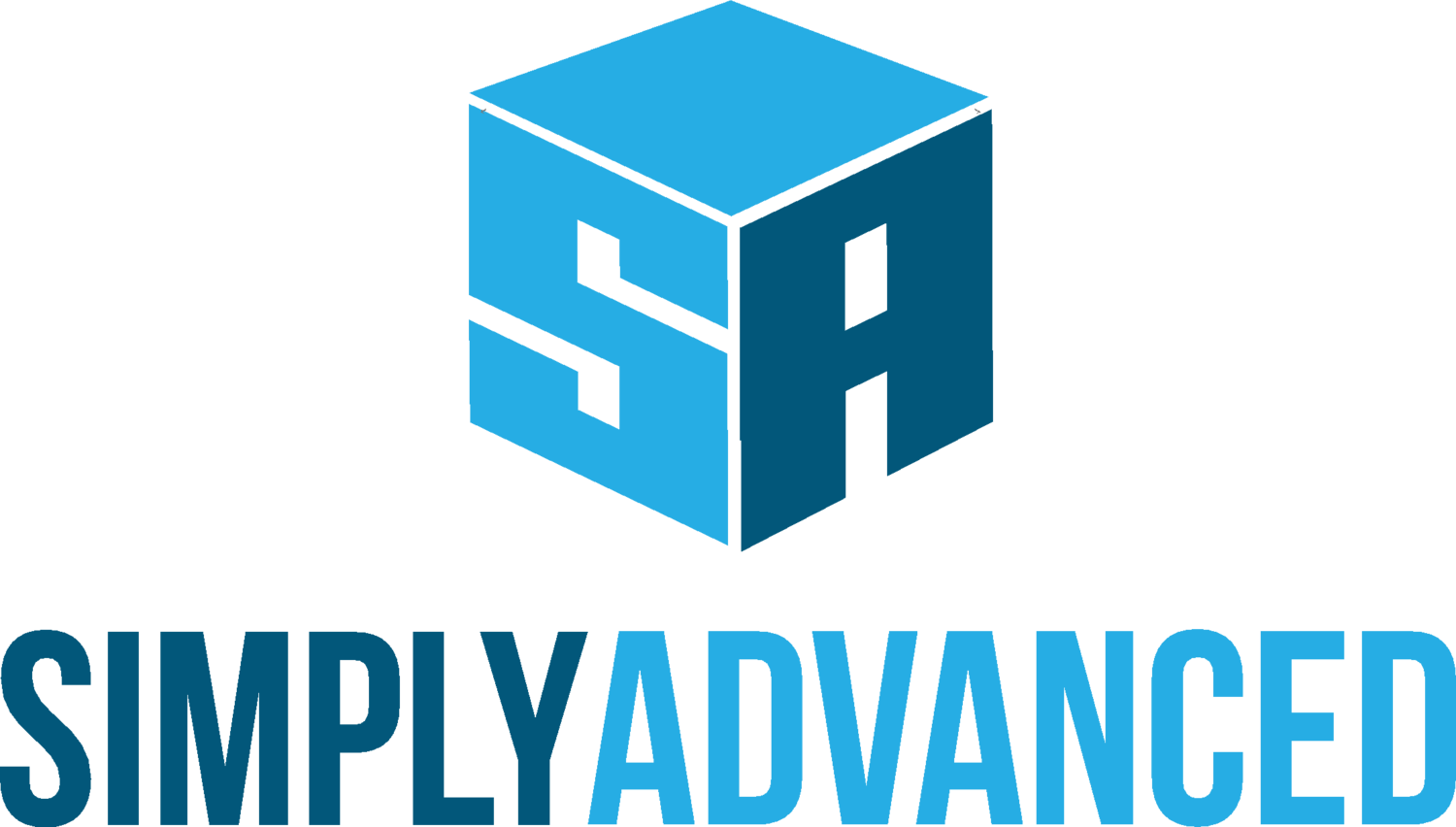How Leaders Develop Their Authenticity
/Authentic Leadership
Being authentic as a leader can be hard work and can take years of experience in leadership roles. No one can be authentic without failure; everyone behaves inauthentically at times, saying and doing things they will come to regret. The key is to have the self-awareness to recognize these times and listen closely to people who provide feedback.
The essence of authentic leadership is emotional intelligence. The first and most important step on this journey is gaining self-awareness. To achieve this awareness authentic leaders:
Engage in reflection by taking time every day to step back from the 24/7 world. This can be done through different practices that are growing rapidly in popularity, such as meditation, mindfulness, prayer, long walks to clear one’s mind, or simply sitting quietly and reflecting. The key here is to set aside preoccupation with task lists, this way, the urgent does not take precedence over the important in one’s life, and leaders examine how they are living their lives and engaging with the world around them.
Seek honest feedback from colleagues, friends, and subordinates about themselves and their leadership. One of the hardest things for leaders to do is to understand how other people see them, which is often quite different than how they want to be seen. To gain greater understanding of how they are coming across, authentic leaders obtain real-time feedback by listening to their “truth tellers” without becoming defensive.
Understand their leadership purpose so they can align people around a common objective. Purpose defines the unique gifts people bring to leadership challenges, through which they can align others with their purposes to create positive impact. This is far more important than focusing entirely on achieving success in metrics like money, fame and power, yet ultimately produces sustained success in those metrics as well.
Become skilled at tailoring their style to their audiences, situations and readiness of their teammates to accept different approaches. There are times when leaders must make difficult decisions that are sure to displease people, and they’ll need to give tough feedback. At other times, they need to be inspiring, good coaches, and consensus builders. These flexible styles aren’t inauthentic if they come from a genuinely authentic place. As leaders gain experience and develop greater self-awareness, they become more skillful in adapting their style, without compromising their character.Express yourself appropriately
Authentic Leadership is an approach that emphasizes building the leader's legitimacy through honest relationships that value their followers’ input and are built on an ethical foundation. Generally, authentic leaders are positive people with truthful self-concepts who promote openness.
Want to learn more about “Authentic Leadership”? Contact me or check out my sessions on Leadership Development.




